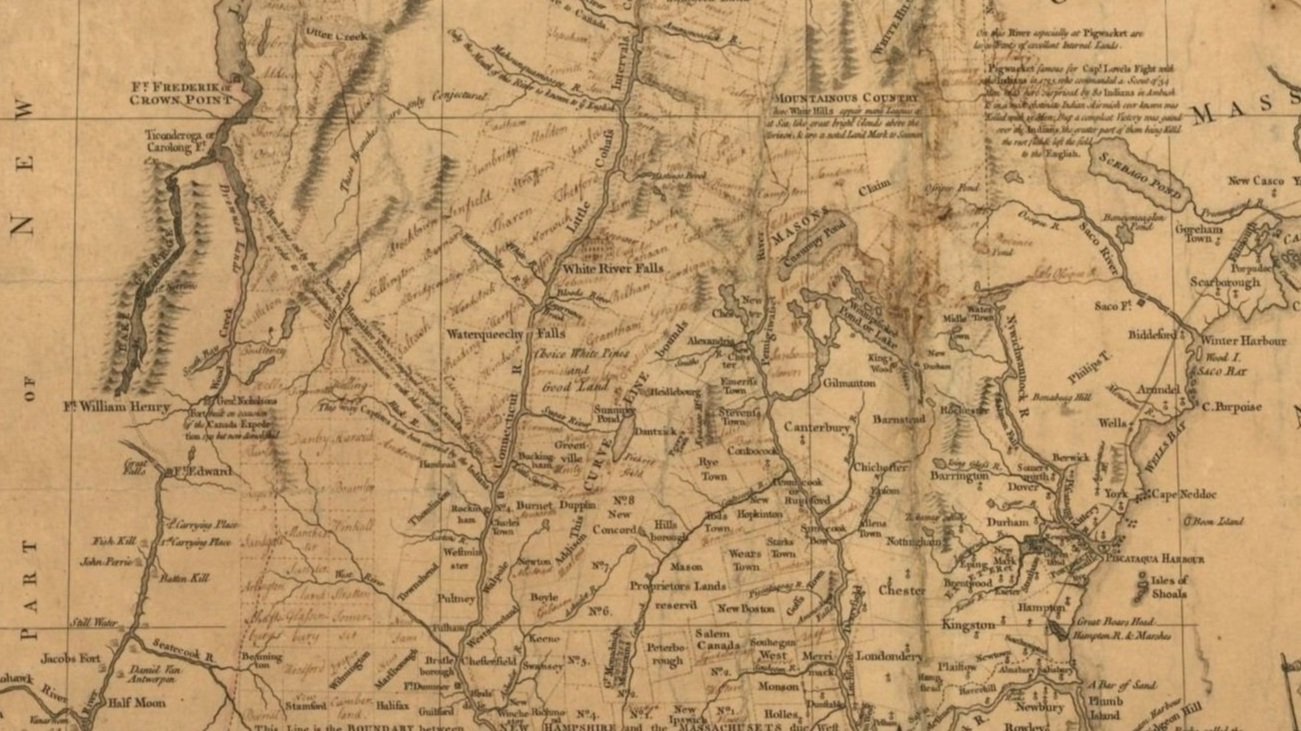
ROAD LAW GUIDE
Auxiliary Service Roads
Bridges
Class VI Roads
Conveyance
Dedication and Acceptance
Definitions
Discontinuance
Discontinued State Highways
Emergency Lane Designation
Failure to Maintain a Class V Road for Five Successive Years
Gates and Bars
Highways to Summer Cottages
How Public Roads are Created
Layout
Legislative Body vs. Governing Body
Municipal Trail Designation
Off Highway Recreation Vehicles
Prescription
Private Roads
RSA 674:41 (Building Permits)
Scenic Roads
Snowmobiles
Types of Roads and Other Designations
Who Owns the Road?
Alfano Law Office Database of Municipal Road Records
Dedication and Acceptance
Dedication
Dedication may be broadly defined as the giving of land to public use with the intention that it be accepted and used for such public use.
Dedication requires the express word or act of the owner. For example, fencing a road in a manner suitable for a highway and permitting the public to use it might constitute a dedication. Recording a plan and conveying lots in accordance with the plan, without any indication otherwise, also likely constitutes an intent to dedicate the streets shown on the plan to public use. Recording a plan and conveying lots in accordance with the plan, without any indication otherwise, also likely constitutes an intent to dedicate the streets shown on the plan to public use. On the other hand, granting the public a license to use a way for a limited period of time likely does not amount to a dedication. In addition, only an owner can dedicate a road, not a lessee or licensee.
The property owner is required to allow the entire public the use of the dedicated area. For example, the creation of a way connecting two lots owned by the same person which passed over a third lot owned by that person would not constitute an intention to dedicate the way to the public. Likewise, a covenant in a deed stating that title would revert if a building were ever constructed on certain land does not amount to a dedication.
In most cases, dedication of a street gives the public the immediate right of passage over the street. The reason for this conclusion requires an analysis of the distinction between public acceptance to use a dedicated street versus acceptance to maintain a street, addressed later in these materials. Dedication alone does not burden the municipality with the duty of maintenance unless the municipality accepts the dedication.
During the early part of the nineteenth century, the law was settled that a property owner could dedicate a road to public use and thereby create a public highway. Courts considered the length of time the property owner tolerated public use of his or her land as an important factor in determining whether or not a dedication had occurred.
The distinction between dedication and acceptance became muddled at times because courts sometimes found that the dedication and acceptance occurred at the same time and not as discrete events. The New Hampshire Supreme Court did not adopt a bright line rule in defining dedication. Thus, the passage of seventeen years provided sufficient evidence of dedication in one case while two years did not in another. The Court did, however, state that a finding of twenty years continuous use by the public constituted conclusive evidence of a dedication. In other words, a town could accept a road less than twenty years following dedication.
The legislature simplified the process somewhat by requiring public highway to be created in only two ways: by lay out or by twenty years use. Dedication and acceptance remained a viable method for creating highways, but the period of public use needed to be twenty years. Prescription continued as well; therefore, courts sometimes applied both dedication and acceptance and prescription analyses in determining whether a highway existed. In 1945, the legislature passed the immediate predecessor to the current statute governing creation of highways.
Acceptance
In the context of public roads, acceptance is an act by a municipality or the general public to make a dedicated road available for use by the traveling public. Acceptance can be accomplished formally, such as by vote of the appropriate body, or informally, such as by physical actions taken by the public or the municipality.
The distinction between acceptance of a road for purposes of giving the public the right to use a road versus acceptance which imposes on a municipality the duty to maintain a road can be confusing, thus a distinction between “acceptance for use” versus “acceptance for maintenance” can provide a helpful distinction.
As stated earlier, recording a plan and conveying lots in accordance with the plan constitutes an unequivocal intention to dedicate the streets shown on the plan to public use. Once so dedicated, and assuming no other facts exist indicating the owner does not unequivocally manifest an intention to abandon the property and dedicate it to public use, the public then has the immediate right to take the street for public use. At this stage, the public would have no right to use the dedicated street for public use; the public still needs to accept the street.
If the public right of passage over the street would be beneficial to the public, public acceptance may be presumed in the absence of some burdensome condition imposed by the donor. For example, an argument could be made the public right of passage is beneficial because it relieves the municipality of the obligation to pay damages to the abutters should the municipality formally create a highway at a later date through the lay out process.
Alternately, the “public servitude” created by recording a plan and conveying lots pursuant to the plan (see RSA 231:51) may simply refer to the power of the public to accept a road for use (versus maintenance) by opening, using, or building the road, and may have nothing to do with maintenance.
The type of acceptance imposing an obligation on a municipality to maintain a road is another matter. A municipality often assumes this responsibility by town meeting vote or its equivalent, but this is not necessarily the exclusive manner in which municipalities may accept dedicated streets.
Planning boards do not have the power to accept roads. Planning Board approval of a subdivision plot does not constitute acceptance by the municipality of any street shown on the plot.
Under current law, a municipality may accept a street corresponding to one shown on the municipality’s official map or on a subdivision street plat approved by a planning board with platting jurisdiction. A municipality also may accept a street which received the legal status of a public street prior to the planning board obtaining platting jurisdiction. Municipalities also may adopt an ordinance allowing them to accept streets not shown on the official map or on approved plans.
A municipality with the town meeting form of government may delegate to the board of selectmen (or other governing body) the authority to accept dedicated streets. Only municipalities which have conferred upon a planning board platting jurisdiction in accordance with RSA 674:35 may delegate this power. If such a delegation of authority is made, a board of selectmen may vote to accept any dedicated street only if the street corresponds in its location and lines with a street shown on a subdivision plat or site plan approved by the planning board, or on the municipality’s official map, or on a street plat made and adopted by the planning board. The board of selectmen must hold a public hearing on the proposed acceptance prior to taking action.
Under common law, the selectmen could accept a road by authorizing its repair, erecting signs, or by any other official act of recognition. In addition, towns could accept a road by voting to raise money for its repair or by performing any other act recognizing an obligation to repair.
Because statutes change over time, dates are important, particularly with the so-called “paper street.” For example, whether a road shown on a plan has been opened, built or used for public travel has dramatically different consequences depending on the date of the plan and the conveyances of lots.

